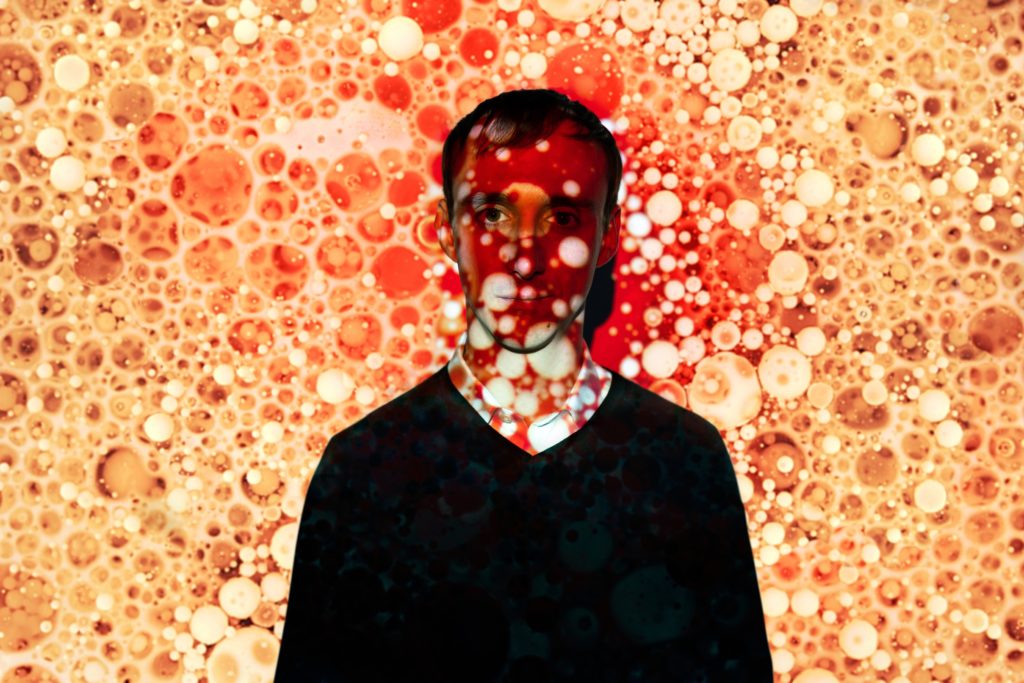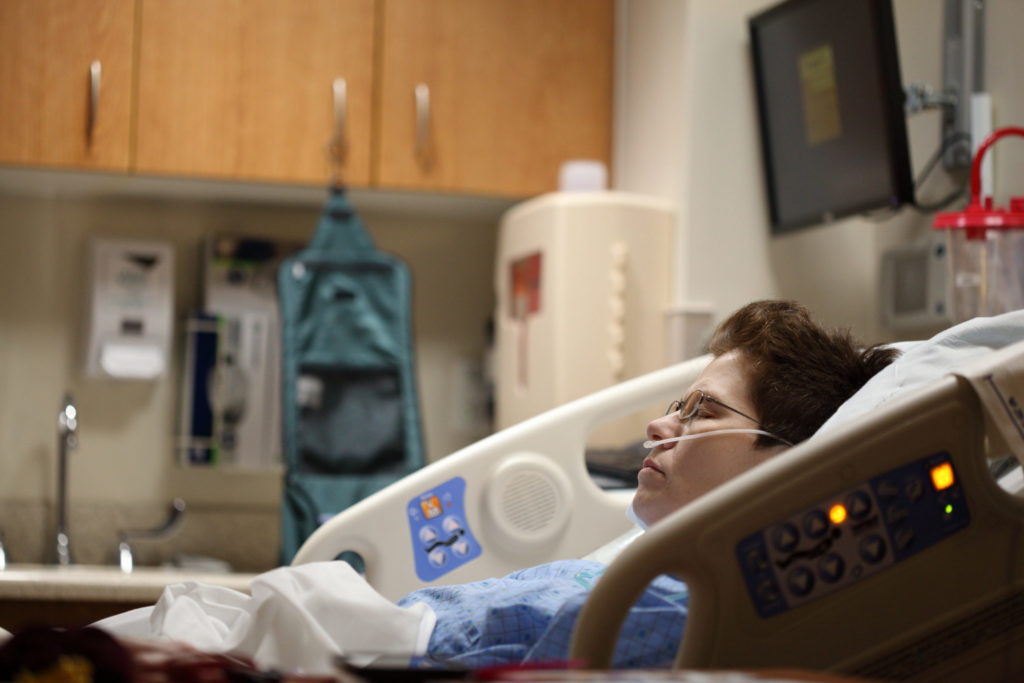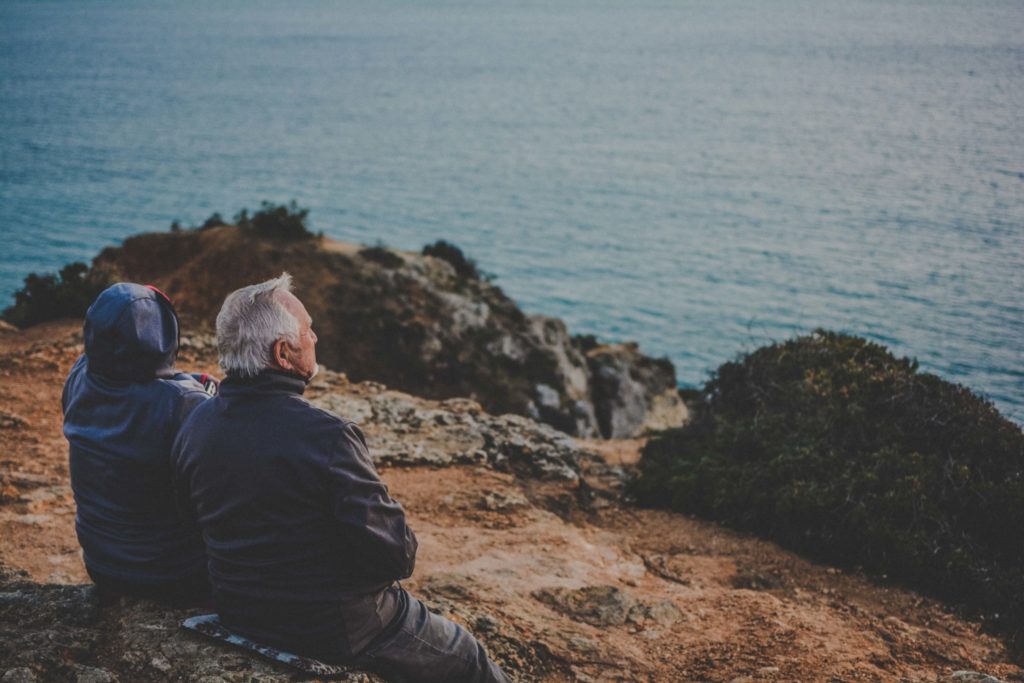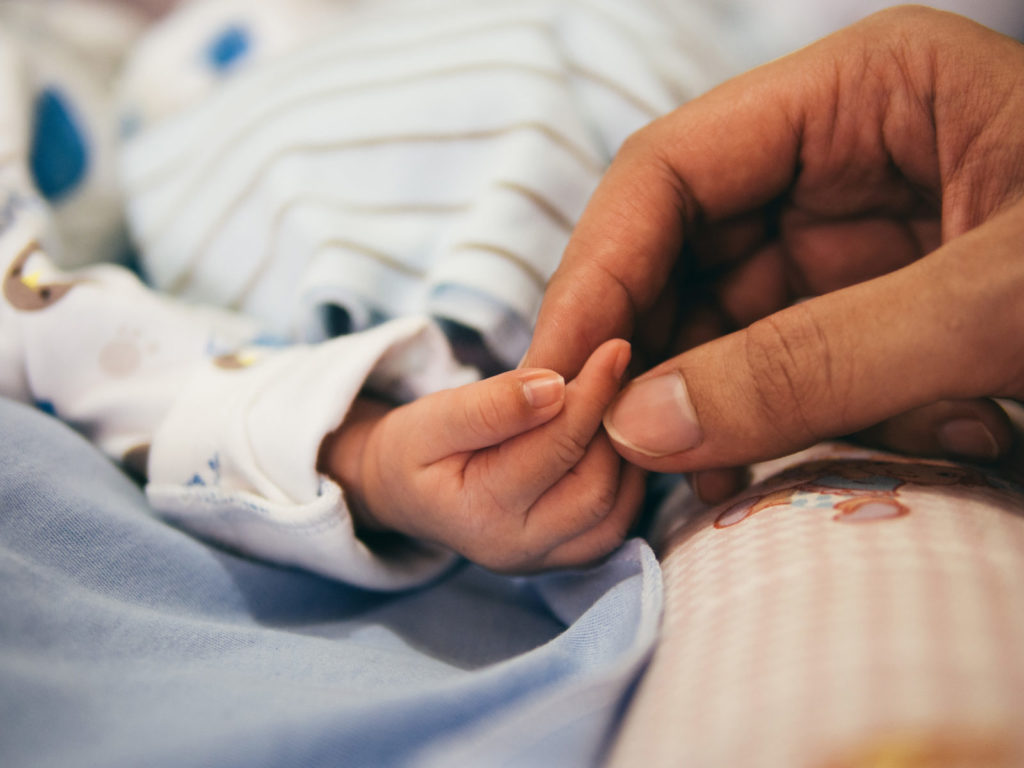
The Jack Kevorkian Plague
Death is in the air. No, I am not referring to the coronavirus. The pathogen I mean is a cultural pandemic, the embrace of doctor-prescribed suicide and of administered homicide as acceptable responses to human suffering. Let’s call it the “Jack Kevorkian Plague,” after the late pathologist who in the 1990s became world-famous by assisting the suicides of some 130 people. Before Kevorkian, the euthanasia movement was mostly a fringe phenomenon. After Kevorkian, although certainly not because of him alone, assisted suicide had been made legal in Oregon, and large swaths of the American public accepted the practice. Now, a mere 20 years later, lethal-injection euthanasia is legal and popular in Belgium, Canada, Colombia, Luxembourg, and the Netherlands. Doctor-assisted suicide is legal in Germany, Switzerland, the Australian states of Victoria and Western Australia, and nine U.S. states and the District of Columbia. Pressure to legalize euthanasia is increasing in Australia, France, India, Italy, New Zealand, Portugal, Spain, and the United Kingdom. The media report stories about euthanasia and assisted suicide generally through the limited prism of “compassion.” Kevorkian attempted to justify his campaign likewise. But compassion was never his true motive. As he wrote in his book Prescription Medicide: The Goodness of a Planned Death, “Helping suffering or doomed persons kill themselves” was “merely the first step, an early distasteful obligation…that nobody in his right mind would savor.” Not About Compassion So, if it wasn’t about compassion, what was the real point? Kevorkian saw euthanasia as the perfect means to steer culture in a sharply utilitarian direction. Indeed, his great insight was that once society embraced that “distasteful first step,” the sanctity-of-life ethic — which he disdained, seeing it as an irrational religious belief — would be obliterated, and the door would be opened to using the bodies of people who commit suicide as natural resources available for utilitarian purposes. Kevorkian gave several examples of what he meant. He thought that euthanasia clinics should be established that “make the quantum leap of supplementing merciful killing with the enormously positive benefit of experimentation and organ donation.” After all, he argued, if we are going to help people die, we might as well derive benefit from their deaths. In 1998 he assisted the suicide of Joseph Tushkowski, a former police officer with quadriplegia. After Tushkowski died, Kevorkian ripped out the man’s kidneys — the medical examiner called it “a bizarre mutilation” — and then at a press conference offered them to the public, “first come, first served.” Three Countries Today, three countries —Belgium, Canada, and the Netherlands — have legally effectuated Kevorkian’s idea to join euthanasia to organ harvesting, although they don’t do it in such a crude fashion. Rather, suicidal persons go to the hospital to be killed, and immediately afterward their bodies are moved to a surgical suite for organ procurement. Canada has gone so far down the road that organ-donation organizations are advised in advance so that suicidal persons can be solicited for their organs. Kevorkian also advocated child euthanasia. In 1988, in an article in Medicine and Law, he argued that babies born with disabilities “such as severe spina bifida, paraplegia, and hydrocephalus” should be candidates for euthanasia (and experimentation), provided that proper consent were given. Today, under a bureaucratic euthanasia checklist known as the Groningen Protocol, the Netherlands permits, although it has not explicitly legalized, infanticide for conditions of the kind that Kevorkian referenced. Netherlands law permits euthanasia more broadly for children twelve years of age and older. In Belgium, there is no lower age limit for euthanasia. According to official euthanasia reports, in the past few years at least three children in Belgium have been euthanized, including a nine-year-old. Children in Canada cannot be euthanized, but that restriction may soon be repealed. Some pediatricians there have volunteered to euthanize minors once it becomes legal, perhaps even without parental consent, if the children are “mature.” A Fundamental Right Kevorkian believed that access to assisted suicide and euthanasia is a fundamental human right that should be available to any competent person wanting to die. Canada’s Supreme Court has partially agreed. In 2015 it established a right to “medical assistance in dying (MAiD),” as it is euphemistically called, for all competent patients with a medically diagnosed condition that causes “irremediable suffering,” including “psychological pain.” An Ontario court has ruled that this right to be killed is fundamental and that it trumps Canada’s Charter right of “freedom of religion and conscience.” Under the province’s rules of medical ethics, physicians who by religion or conscience are opposed to lethally injecting a sick patient must do so anyway or refer the patient to a doctor they know is willing to kill. If they don’t want to be complicit in such deaths, the court sniffed, they should get out of medicine. Canada’s broad euthanasia license still requires an underlying medical diagnosis. Kevorkian opposed any such restriction. In Prescription Medicide he wrote that “optional assisted suicide” should be “available for individuals, sometimes in good physical and mental health who choose to be killed,” for whatever reason, including “physical (the end stage of incurable disease, crippling deformity, or severe trauma), mental (intense anxiety or psychic torture inflicted by self or others), or doxastic (religious or philosophical tenets or inflexible personal convictions).” In Germany, Death as a Right The Federal Constitutional Court in Germany recently ruled that such death on demand is a right. From the decision: The right to a self-determined death is not limited to situations defined by external causes like serious or incurable illnesses, nor does it apply only in certain stages of life or illness. Rather, this right is guaranteed in all stages of a person’s existence. . . . The individual’s decision to end their own life, based on how they personally define quality of life and a meaningful existence, eludes any evaluation on the basis of general values, religious dogmas, societal norms for dealing with life and death, or consideration of objective rationality. Kevorkian, too, thought that individuals should have a right to assisted suicide and that Read More ›








